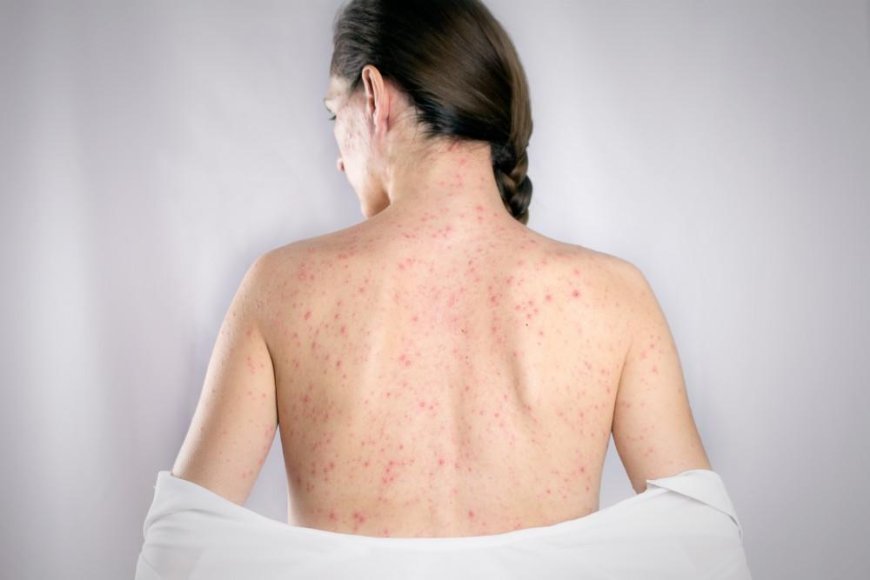Shingles
Shingles is a viral infection caused by the varicella zoster virus, the same virus that causes chickenpox.

Shingles is a viral infection caused by the varicella zoster virus, the same virus that causes chickenpox.
If a person has previously had chickenpox, the virus may remain in their body, lying dormant until it is reactivated in the form of shingles. Characterized by a painful rash, shingles can cause extreme discomfort and impact daily activities. While there is no cure, treatments are available to help reduce symptoms and duration.
Overview of Shingles
Shingles, known medically as herpes zoster, is an infection caused by the varicella zoster virus, also referred to as VZV. This virus first causes chickenpox, and after the virus has run its course, it remains in the body in a dormant state. If the virus is reactivated, it causes shingles.
Shingles typically comes in the form of a painful rash that wraps around one side of the body. This rash consists of a cluster of blisters and is very itchy and painful. Shingles can cause nerve pain that can be severe and can last long after the rash has healed. The condition itself is not life-threatening, but complications can arise if a person does not receive treatment.
Symptoms
The first and most common symptom of shingles is a rash with blisters. The rash may appear as a line or a patch of bumps around one side of the torso, typically on the back, chest, or abdomen. It is usually accompanied by moderate to severe pain and sensitivity in the area.
Other symptoms of shingles may include fever, chills, headaches, sensitivity to light, and fatigue. In some cases, a person may experience burning, shooting, or jabbing pain in the area of rash weeks or even months after the rash has healed.
Risk Factors
Anyone who has previously had chickenpox can develop shingles, as the varicella zoster virus remains in the body after chickenpox runs its course. Age is a large risk factor for the condition, as the risk increases with age.
Individuals who are immunocompromised, either through illness or certain medications, may also be at higher risk for shingles. These include people with HIV, those taking certain immunosuppressant medications, and those undergoing chemotherapy. Other risk factors include stress, fatigue, and skin trauma.
Diagnosis and Treatment
Shingles is diagnosed by a physical exam. A doctor may swab a blister to check for the presence of VZV virus. To determine if the virus is present, a doctor may also perform a blood test.
There is no cure for shingles, but treatments are available to shorten the duration of the condition and reduce symptoms. Treatments include antiviral medications, pain medications, and over-the-counter topical creams. If symptoms are severe, additional medications may be prescribed.
These medications reduce the severity and duration of shingles, but they are not always effective. A doctor may also recommend lifestyle changes, such as getting enough rest, reducing stress, and managing pain.
Prevention
To reduce the likelihood of developing shingles, individuals should consider getting the shingles vaccine, especially if they are over 50. This vaccine is recommended for individuals aged 50 and over, as the risk of shingles increases with age.
It is also important to practice good hygiene, as shingles is contagious. The virus is spread through contact with an infected individual’s rash, so it is essential to avoid direct contact with the rash. Individuals should use separate towels and washcloths, and any clothing or fabric that came in contact with the rash should be washed thoroughly.
